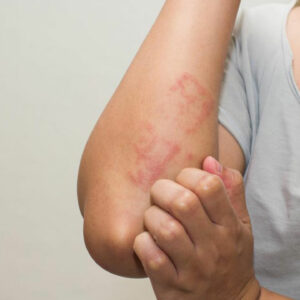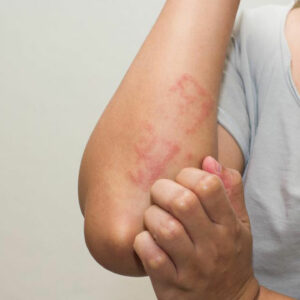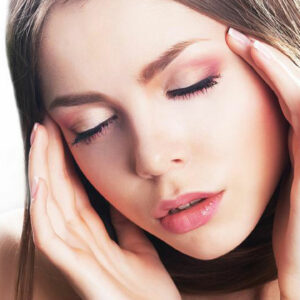
01
Eczema – Types, Causes, Symptoms, and Treatment
The skin is the largest organ of the body by weight making about one-sixth of our total body weight. It’s a complicated structure and consists of three layers namely; epidermis the outermost one, the dermis which is a layer beneath the epidermis and the subcutaneous layer the deepest one. Eczema commonly called as ‘dermatitis’ is a skin disorder characterized by inflammation and intense itching. People suffering from eczema have extremely dry skin which is highly susceptible to bacterial, fungal or viral infections. The affected skin is not a smooth, protective barrier but patches of skin with rashness, red lumps or blisters. Eczema can affect people of all age group from infants or adults and continue to have symptoms throughout their life depending on the severity. Normally in infants, itchy rashes appear on the skin. The eczema photos show that these rashes can produce oozing, crusty condition majorly on the child’s scalp and face. Eczema is a recognizable health condition among a number of skin diseases and can be prevented by keeping the skin moisturized, nourished and healthy. Types of eczema Eczema is not considered as a contagious disease and cannot catch when in close contact. While the exact cause of eczema is unknown, researchers suggest that people develop eczema because of a combination of genes and environmental triggers. When an allergen gets activated, skin cells behave like a foreign agent causing an eczema flare-up. There are eight different types of eczema like atopic dermatitis, contact dermatitis, dyshidrotic eczema, hand eczema, neurodermatitis, nummular eczema, seborrheic dermatitis, and stasis dermatitis. It is possible to identify the types by looking for eczema photos online. Atopic dermatitis, which is severe and long-lasting is the most common one and can occur in combination at a time. All types of eczema cause itching, redness or blisters.
Read More 






